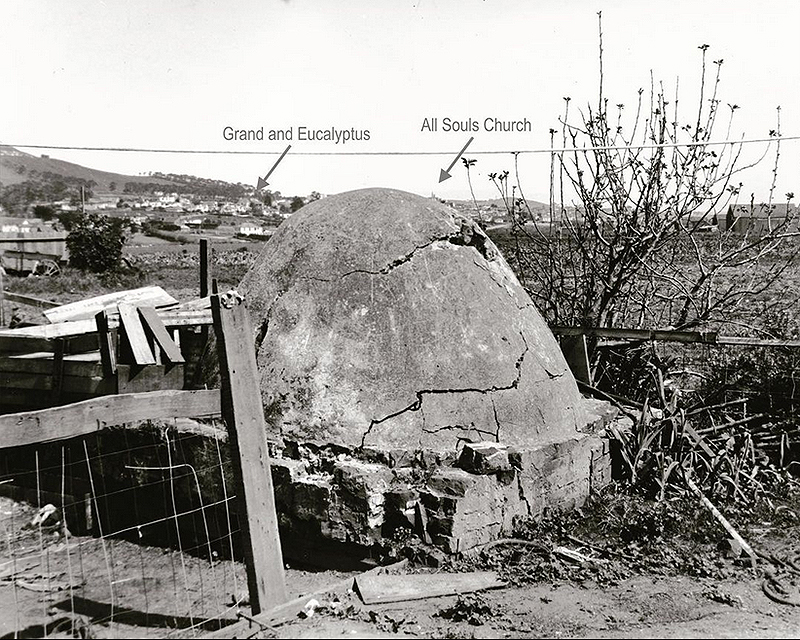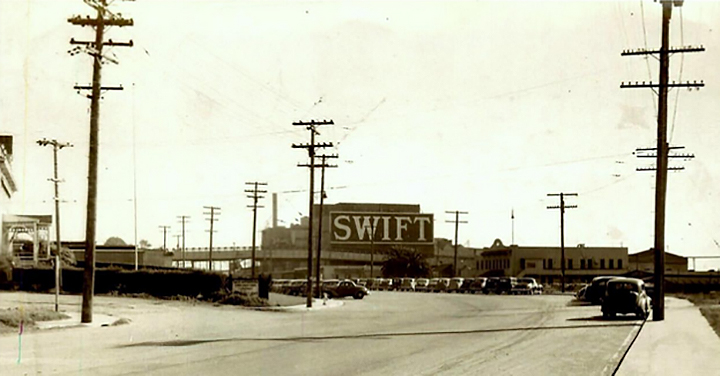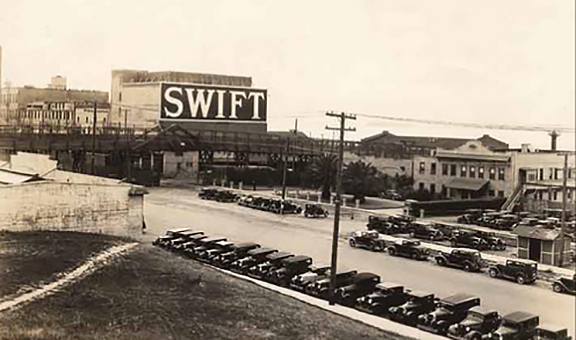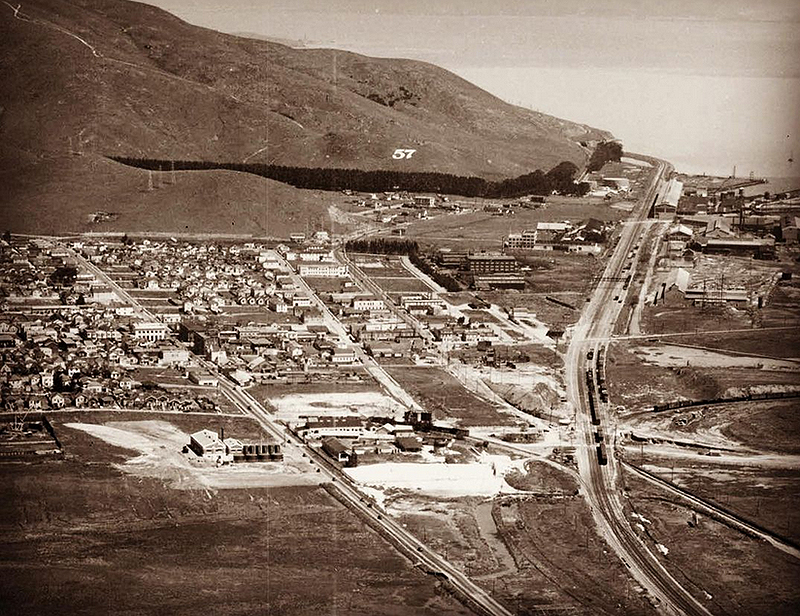Rancho Buri Buri to South San Francisco and SFO
Unfinished History
This 1861 map shows the original Rancho Buri Buri at left south of San Bruno Mountain to well beyond this map, south along the peninsula in what becomes Millbrae.
Map courtesy David Rumsey map collection
José António Sánchez died in 1843, the Mexican land-grant holder of the property, and his heirs finalized their plans to subdivide and sell the land by 1851. But due to the rapacious landgrabbing and corrupt lawyering of the early American period, by the time the legal wrangling was over in 1869, the Sánchez heirs retained only 4 percent of the original rancho.
An old oven on the Rancho Buri Buri property. Exact date and location is unknown.
Photo: USC Digital Library, via California Historical Society
Charles Lux, a German butcher and later partner of Henry Miller and co-owner of the Miller & Lux cattle empire in the 19th century, became owner of the bulk of the original rancho in the mid-1850s and he and Miller's first endeavor was to use the land as a staging area for 1600 cattle they purchased together. The cattle were soon brought to market in San Francisco and after they were slaughtered and sold the two men pocketed a tidy profit that led a couple of years later to their going into business together.
The southern reaches of the property eventually were sold to Darius Ogden Mills, one of the great capitalists of mid-19th century San Francisco, whose descendants eventually subdivided his estate into the town of Millbrae, and donated the tidal flats along the shore to San Francisco to use for an airport, originally called Mills Field.
At the beginning of the 20th century however, a decade after Charles Lux had died and his partner Henry Miller had declined to buy the remaining land, Gustavus Swift and the Meat Trust in Chicago moved in and bought the property. When their facilities survived the 1906 earthquake, Swift was able to provide meat to the stricken San Francisco population because Butchertown had been largely destroyed. This hastened their successful challenge and ultimate takeover of the modern meatpacking business in northern California from the former dominant company Miller & Lux.
Swift Meatpacking factory, South San Francisco, early 20th century.
Photos: South San Francisco Historical Society
Aerial view from 1929. Peck’s Lots and 57 Hill. Southern Pacific Bayshore Cutoff is lined with heavy industry. At the middle left is Southern Pacific’s South San Francisco station.
Photo: South San Francisco Historical Society





